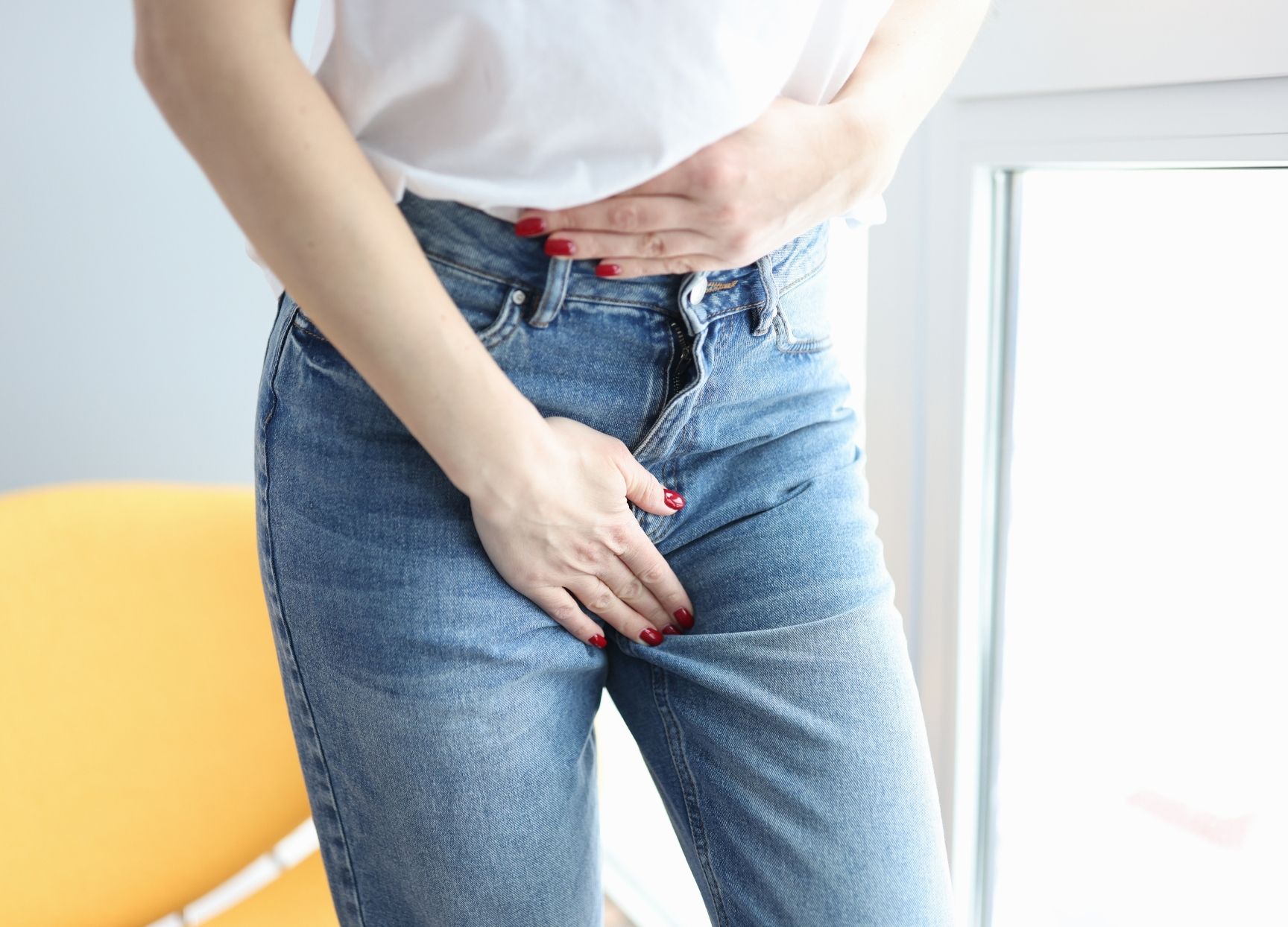Dr Alex Digesu
Consultant Obstetrician and Gynaecologist
Specialist expertise: Gynaecology, Reconstructive Pelvic Floor Surgery, Chronic Pelvic Pain, Urogynecology, Obstetrics, Urinary Incontinence, Urinary Tract Infection, Cystitis, Uterovaginal Prolapse, Voiding Difficulties, Paediatrics.

